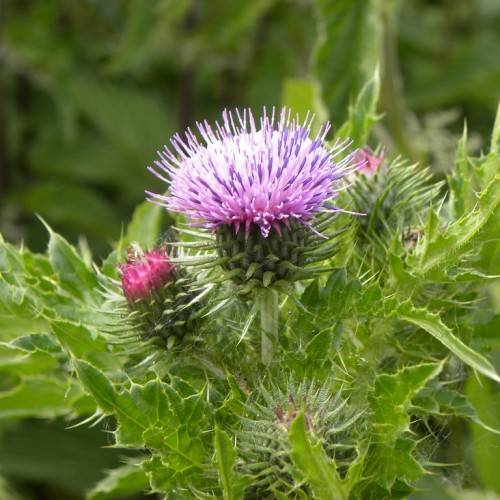
Spiny Plumeless Thistle
Carduus acanthoides
Watering:
Minimal
Hardiness Zone:
Flowers:
Flowers
Sun:
full sun,part shade
Fruits:
Fruits Ready In
Leaf:
Yes
Growth Rate:
Low
Drought Tolerant:
Yes
Salt Tolerant:
Yes
Invasive:
Yes
watering
Umbel Bittercress requires moist soil to grow. It should be watered when the top inch of soil feels dry to the touch. The plant should be watered deeply, so that the entire root zone is moistened. Use about 1 inch of water per week and adjust based on your local conditions. Avoid over-watering, as this can lead to root rot, especially during wet weather.
sunlight
Umbel Bittercress (Cardamine umbellata) is a short-lived perennial plant which thrives in moist soil and partial shade. It is best grown in gardens with a sunny position for several hours each day. The plant will benefit from a minimum of 4 hours of direct sunlight each day, although this can be reduced slightly during the hottest days of summer. It is important that the soil remain moist, so the plant will need regular watering during dry spells. During extended periods of hot, dry weather, it is best to provide the plant with some shade to prevent sunburn and scorching of its leaves.
pruning
Umbel Bittercress (Cardamine umbellata) should be pruned each year in late winter or early spring. Pruning should be done to maintain the size and shape of the plant as well as to remove dead or damaged stems. Pruning should be done carefully and only lightly, as this plant is highly prone to damage from heavy pruning. While generally a low-maintenance plant, Umbel Bittercress should still be monitored throughout the growing season for any disease or insect infestation.
